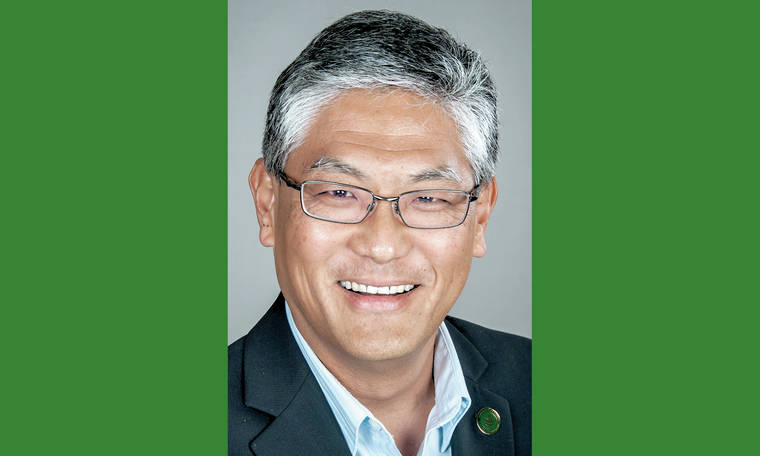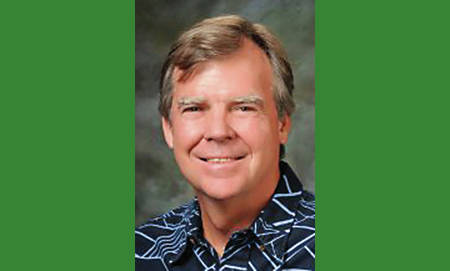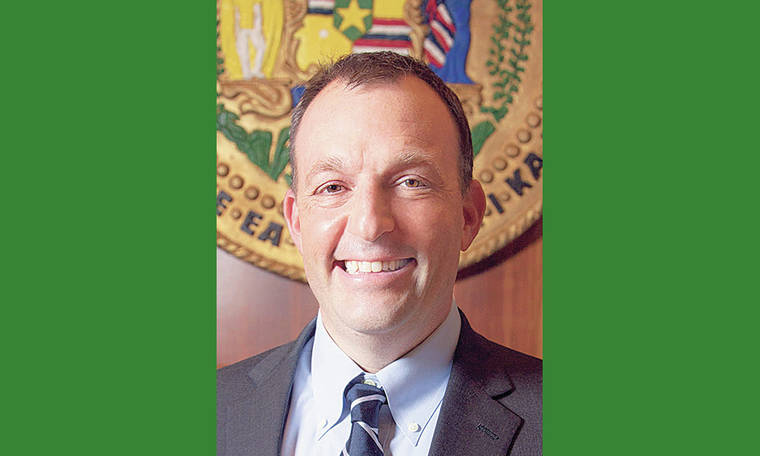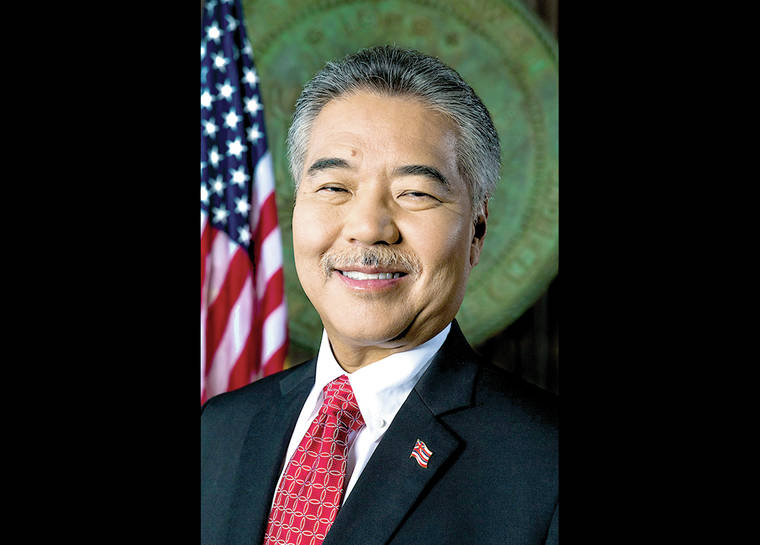The state Director of Labor and Industrial Relations on Tuesday gave lawmakers some good news regarding unemployment benefits claims, which have skyrocketed during the economic crisis brought on by the COVID-19 pandemic.
Scott Murakami told the Senate Special Committee on COVID-19 there has been a reduction in the numbers of new jobless filings, “which allows us to focus on the claims.”
“The bottom line is, we need to get money out to the community,” Murakami said.
Murakami said that in March, the office paid out $15.6 million to claimants. He said as of Monday, $20 million was paid for this month.
“Last week alone, we paid $11,180,974, which was a 230% increase in the average monthly payments that we made in March,” he said. He said $7.7 million was paid on Monday alone, “which is a 372% increase on the average amount that we pay on Monday.”
According to Murakami, the main Hawaii Public Library in Honolulu set up an unemployment call center and another is scheduled to open up April 21 at the Hawaii Convention Center. He said 20 computers are being provided by the Hawaii Tourism Authority, and the State Procurement Office is providing 30-plus machines.
He added a step-by-step guide for filing and following up on claims also has been posted on the Unemployment Division’s website.
Meanwhile, as of noon Tuesday, the state Department of Health reported 13 new cases of COVID-19, making the statewide case total 517.
State Health Director Bruce Anderson told the committee the new cases include four Hawaii residents who were diagnosed outside the state.
Anderson said the U.S. Centers for Disease Control and Prevention requires those cases be reported as Hawaii cases “even if they got sick on the mainland.”
“They got sick on the mainland and were isolated there, but they’re counted as Hawaii cases, so the actual … new case count is nine today, which is good news. At least it is for me,” Anderson said.
The number of cases by county, according to DOH, are: City and County of Honolulu, 358; Maui County, 88; Hawaii County, 41; and Kauai County, 21.
The county of origin for three cases is pending, DOH said.
The Hawaii County total of 41 cases was two more than reported by county Civil Defense earlier in the day. The county said 28 Big Island cases have been released from isolation, and 11 are quarantined and being monitored.
Anderson also told senators the first identified COVID-19 case cluster on Hawaii Island started with an infected employee at a McDonald’s restaurant in Kailua-Kona (see related story on page A1).
According to DOH, the death toll statewide remains at nine, all on Oahu and Maui. There were 45 individuals who required hospitalization and 333 who have been released from isolation.
Anderson told the committee that more test kits are available than were earlier in the pandemic, but widespread testing still isn’t possible because of a lack of personal protective equipment for health care workers that must be used when collecting samples to be tested.
During Gov. David Ige’s media conference later in the day, he and Hilton Raethel, president and CEO of Healthcare Association of Hawaii, said there is shortage of personal protective equipment, or PPE.
“Everyone should wear a cloth mask when in public, but medical masks should be reserved for our health care workers,” Ige said. “… I want to assure you that we are doing everything possible to secure an adequate supply of PPEs for our health care system, but there are ongoing challenges we are facing — the same challenges that are being faced by every state in the country.”
Added Raethel, “There continues to be a need for PPE. The pandemic is a global pandemic, which is creating a demand on all continents, except for right now, Antarctica. People and organizations around the world are looking for PPE right now and they will be doing so for some time to come.”
According to Anderson, immediately after the identification of the state’s first confirmed COVID-19 case cluster, at Maui Memorial Medical Center, the DOH shipped six pallets of PPE to the facility “to be sure that wasn’t an issue.”
“All those affected with the symptoms are in isolation, and those without symptoms are in quarantine as I speak,” Anderson said.
Anderson said that of the more than 19,000 tests administered statewide, 2.6% have been positive.
“Overall, Hawaii is doing more per capita testing than almost all U.S. states.”
The Hawaii Tourism Authority said on Monday, 691 people arrived in Hawaii including 164 visitors and 205 residents. In comparison, during this same time last year, nearly 30,000 passengers arrived in Hawaii daily, including residents and visitors.
The state’s mandatory 14-day self-quarantine started March 26 for all passengers arriving in Hawaii from out of state. The quarantine order was expanded April 1 to include interisland travelers.
Ige said despite some resistance, most are in compliance with isolation, quarantine and stay-at-home orders — and that, at some point, Hawaii will reopen.
“With all the mayors and emergency managers here in the islands, we talk about what are the next steps virtually every day,” he said. “We are committed to the stay-at-home orders through April 30 and discuss the elements what would (warrant) a relaxation of social distancing. … If we take too quick action to reduce social distancing efforts … we will see a spike in the numbers of cases.”
Lt. Gov. Josh Green, a Big Island physician who spearheads the administration’s committee on COVID-19, praised the majority of the public for complying with the stay-at-home order and social distancing guidelines. He urged the public to not become overconfident and continue to obey Ige’s stay-at-home order.
“Let me just say, your self-sacrifice has not gone unnoticed,” Green said. “Had we not sacrificed so much by staying home, by not going to work, by sacrificing some of our economic opportunity, instead of having 517 cases, we would’ve had 5,000 or more cases.
“I can say that with absolute certainty.”
The Associated Press contributed to this story.
Email John Burnett at jburnett@hawaiitribune-herald.com.













